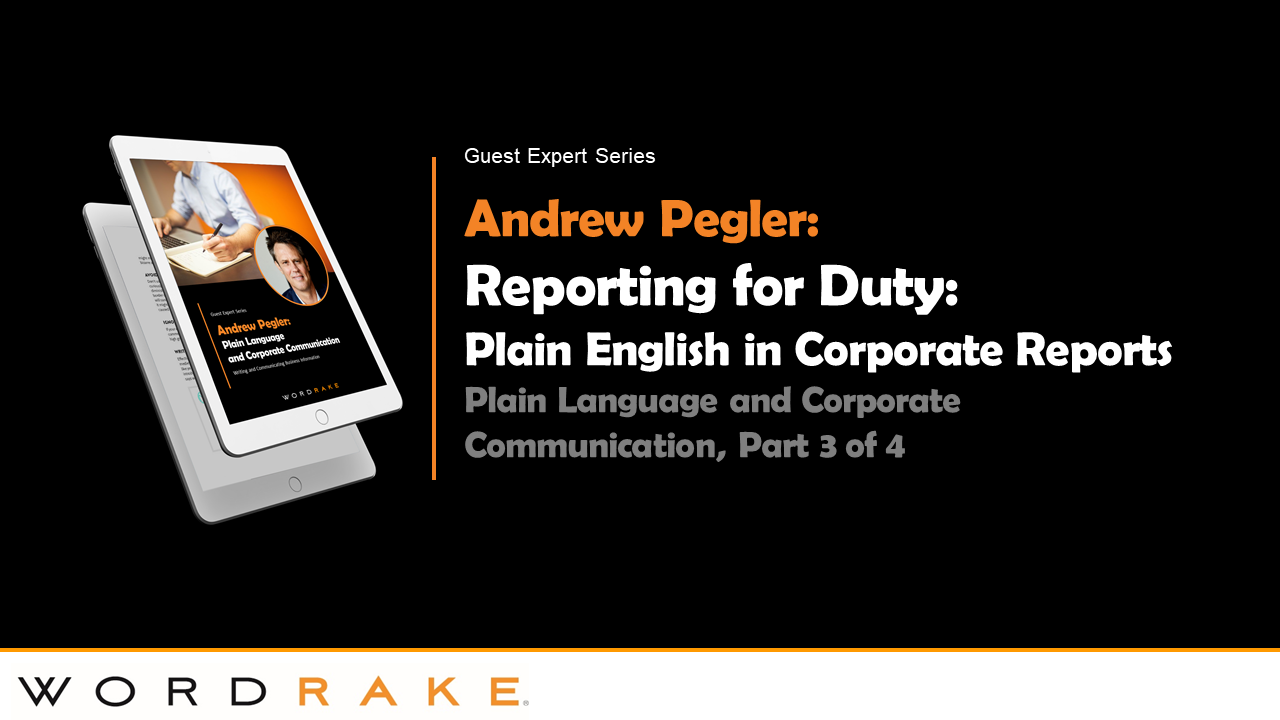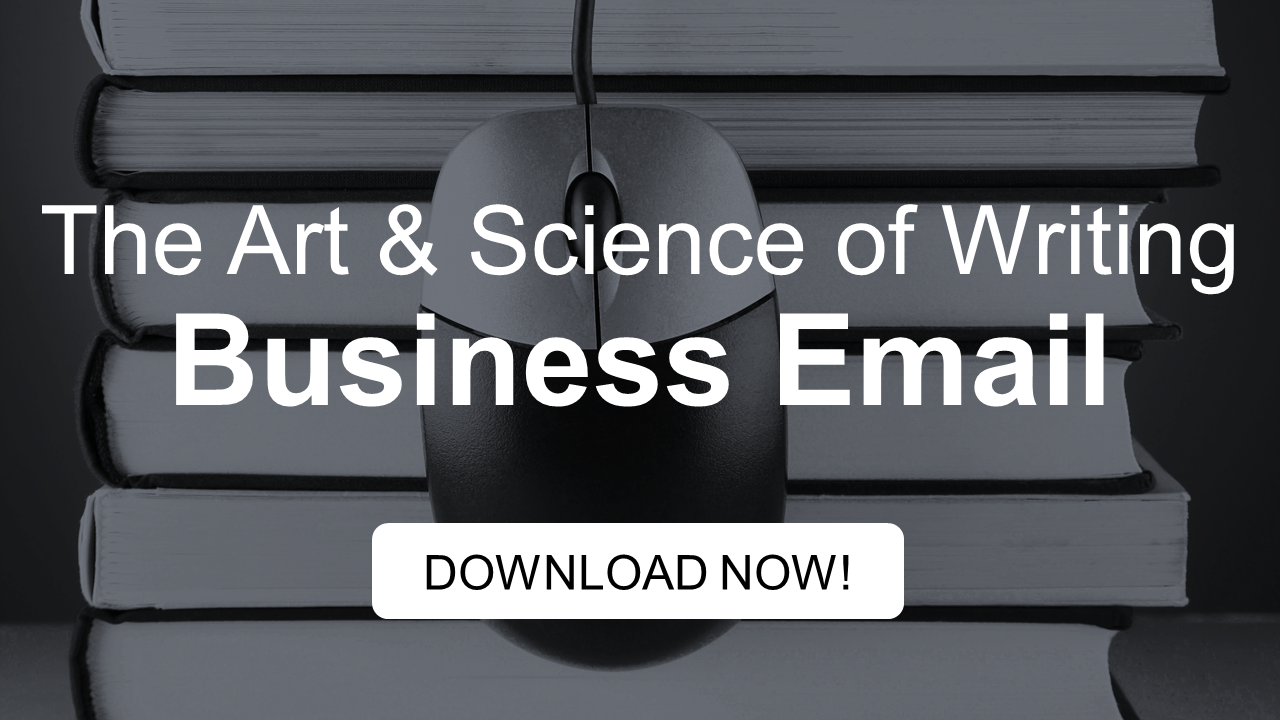K.I.S.S.
Spotting plain English in a corporate report can be like finding Waldo! It’s because people often fear they’ll look stupid by presenting complex ideas simply. But, making information accessible is smart. In fact, it’s the whole point of communication. If your reader will need a dictionary to get through the first paragraph, it’s time for a rethink. Plain English will be your ally.
Be a straight shooter. Follow the K.I.S.S. design principle: “Keep It Short and Simple” (or more bluntly, “Keep It Simple, Stupid!”). Albert Einstein was on to something when he said, “Everything should be as simple as possible but not one bit simpler.”
Less is more
Learn to edit. Reports are much easier to read (and digest) if they tell a story, are well-structured and have something interesting to say. Decide what you’ll focus on and align that with your company’s key messages and brand. You cannot be all things to all people, so make content choices. Sand. Line. Drawn.
Be short, be simple and be human
Write as though you’re looking your reader in the eye. Use ‘I’, ‘me’, ‘we’, ‘you’, ‘us’; speak to them in clear, conversational English. Don’t talk about ‘the customer’. And, since you (hopefully) avoid corporate speak with your family, don’t inflict it on readers either. Instead of facilitate, use make it easier. Talk about ideas, not paradigms. Don’t write utilise, try use. And never request the status of a deliverable if you’re just wondering when dinner is.
More examples:
Weighty Simple
adjacent to next to
accordingly so
endeavour to try
in lieu of instead of
with the exception of except for
Unnecessary words and phrases
A common failing in report writing is the use of unnecessary words or rambling phrases. Consider every single word and decide if it helps your message or tone. If it doesn’t, wave goodbye.
Delete clutter like this (in bold) below…
- for a period of 14 days
- during the course of investigations
- Also, it should be mentioned that, many people…
Bullet points
These are:
- a great way to present complex information
- helpful with scanning for time-poor readers
- used when you have three or more points to list.
When the bullet points aren’t full sentences (like above), begin each in lower case and only use a period at the end.
Avoid jargon
As an expert in your field, you can become unconsciously attached to jargon. It’s next-level corporate speak and comes with ‘exclusive’ acronyms (always spell these out the first time you use them) and a sense of professional ‘fitting-in’. Jargon serves a purpose if you’re communicating with like-minded peers about micro-organisms, the finer points of airport design or the perfumed aroma of a wine. But, outside your realm (especially in public-facing reports), you should aim to hold people’s attention, not put them to sleep. The Economist is written for intelligent people and its style guide opens with:
The first requirement of The Economist is that it should be readily understandable. Clarity of writing usually follows clarity of thought. So, think what you want to say, then say it as simply as possible.
Improve readability
Descriptive headings and call-outs improve readability and aid skimming and scanning. Use as many headings as you need, but make sure they logically signpost and divide the narrative and ideas underneath them.
Take the pain out of numbers
The readability of some annual reports comes to a crashing halt with numbers. Most of this data is required, but a little bit of thought goes a long way. Bring in some color and movement. Statistics can tell great visual stories. Use infographics, charts, tables and icons to give them context and make them more engaging. Graphic elements also help break pages into bite-sized chunks, making it easier for readers to absorb information.
We’re done – plain (English) and simple
It’s all downhill from here. Just remember, when you write a report:
- it will be read by other humans
- start from the principle that less is more
- keep language simple
- edit hard
- think deeply about how you present information.
A final tip: Read your writing and ask yourself if it sounds like something you’d say. Dare to read it aloud and hear how you sound to your readers.
About Andrew Pegler
Andrew Pegler is Principal of Andrew Pegler Media Ltd, an editorial and design agency specializing in keeping it simple. He is an award-winning plain English editor and writer and plain English workshop presenter. Andrew holds a bachelor’s degree in communications and in economics. He also holds certificates in accounting, tax law, finance proofreading, editing, and public speaking. He is a regular presenter on plain English at conferences and summits in Australia and abroad.
Series on Plain Language and Corporate Communication
This is the third in a series of four articles on plain language and corporate communication by award-winning writer and editor Andrew Pegler. When you have important documents to present, edit with WordRake and deliver your message in clear, concise writing. WordRake helps you weed out jargon and unnecessary words, and suggests simpler phrasing that's easier for readers to understand. WordRake editing software is available for Microsoft Word and Outlook on Windows, or for Microsoft Word only on Mac. You can try it free for 7 days.









